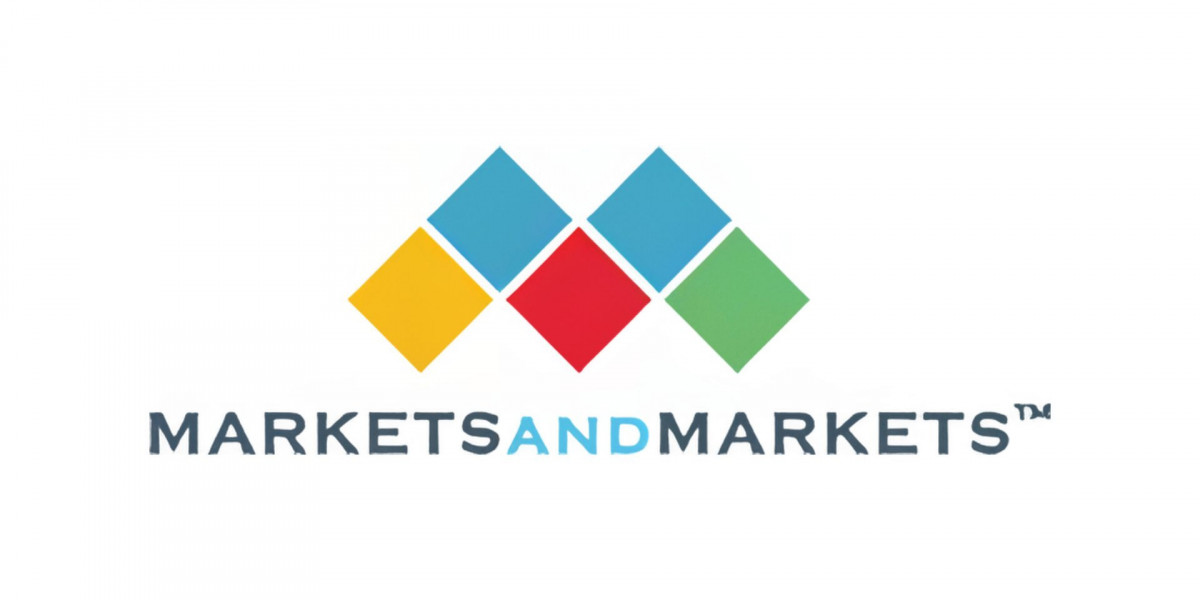The life science instrumentation market is poised for steady growth over the next several years, according to a new report from MarketsandMarkets. The market, valued at $54.9 billion in 2023, is expected to reach $73.9 billion by 2028, reflecting a compound annual growth rate (CAGR) of 6.1%. Several key factors are contributing to the anticipated growth.
First, investments in pharmaceutical research and development (R&D) continue to increase. Drug manufacturers rely heavily on analytical instrumentation to evaluate drug molecules, conduct protein analysis and purification, and ensure quality control. With emerging markets also ramping up investments in pharma R&D, demand for supporting lab instrumentation will rise.
Second, analytical technologies now play vital roles in diverse industries beyond pharma and biotech. Tools for food and beverage testing, environmental monitoring, and forensics are seeing expanded adoption. This widening application scope presents a significant growth opportunity for makers of analytical instruments.
At the same time, certain challenges exist. High equipment costs can deter smaller-scale organizations from purchasing innovative systems, despite the advantages they offer. Additionally, inadequate lab infrastructure in some developing regions hampers growth potential.
Among technology segments, spectroscopy is expected to command the largest share of the life science instrumentation market through 2028. Spectroscopy is increasingly used in oncology research and benefits from continuous improvements in sensitivity and processing speed.
Meanwhile, biopharma companies will continue driving the most demand among end-user segments. Biopharmas rely heavily on life science tools for developing new medications and accelerating R&D timelines. This segment accounted for the largest revenue share in 2022.
Geographically, North America will maintain its standing as the largest life science instrumentation market. The region benefits from robust funding for medical research and the presence of numerous equipment vendors.
Major global participants in the life science instrumentation space include Thermo Fisher Scientific, Danaher Corporation, Agilent Technologies, Waters Corporation, and Shimadzu Corporation. Recent developments from these companies and others demonstrate a commitment to product innovation catering to end-user needs.
In summary, analysts predict strong, sustained growth for the global life science instrumentation market through the end of the decade. Underlying demand drivers, widened application possibilities, and continuous vendor investments in advanced systems will combine to drive revenues. Companies that serve biopharma, diagnostics, food and beverage, environmental, and other lab-focused customers are well-positioned to capitalize on the opportunities.











